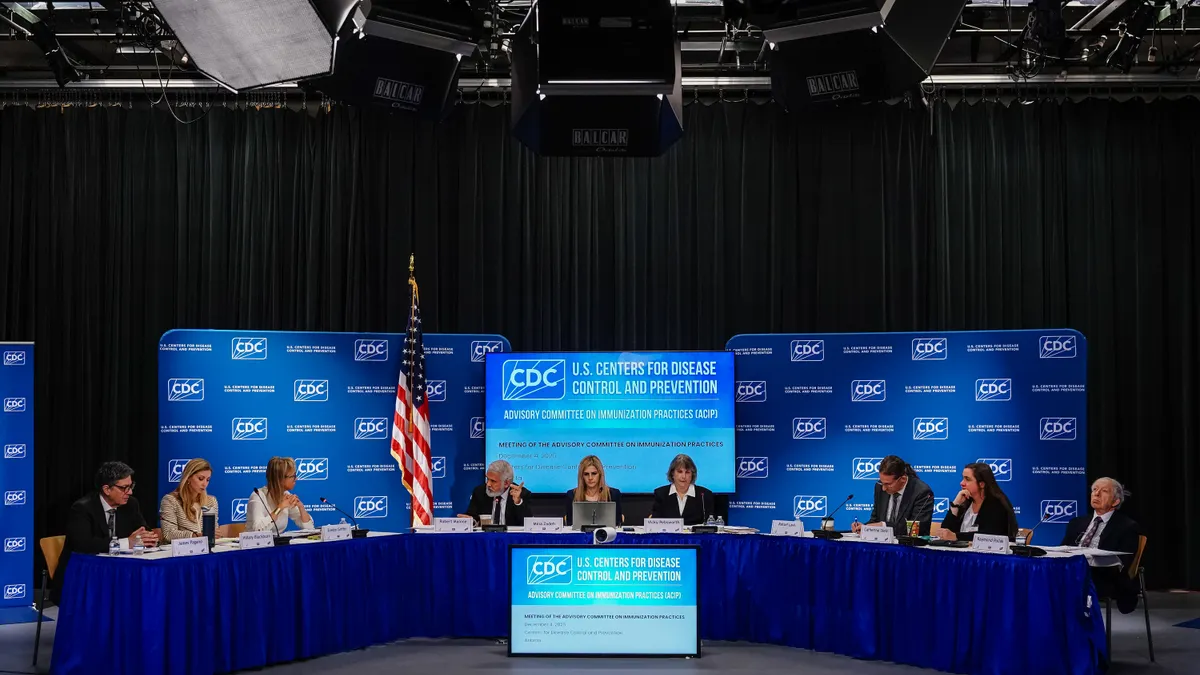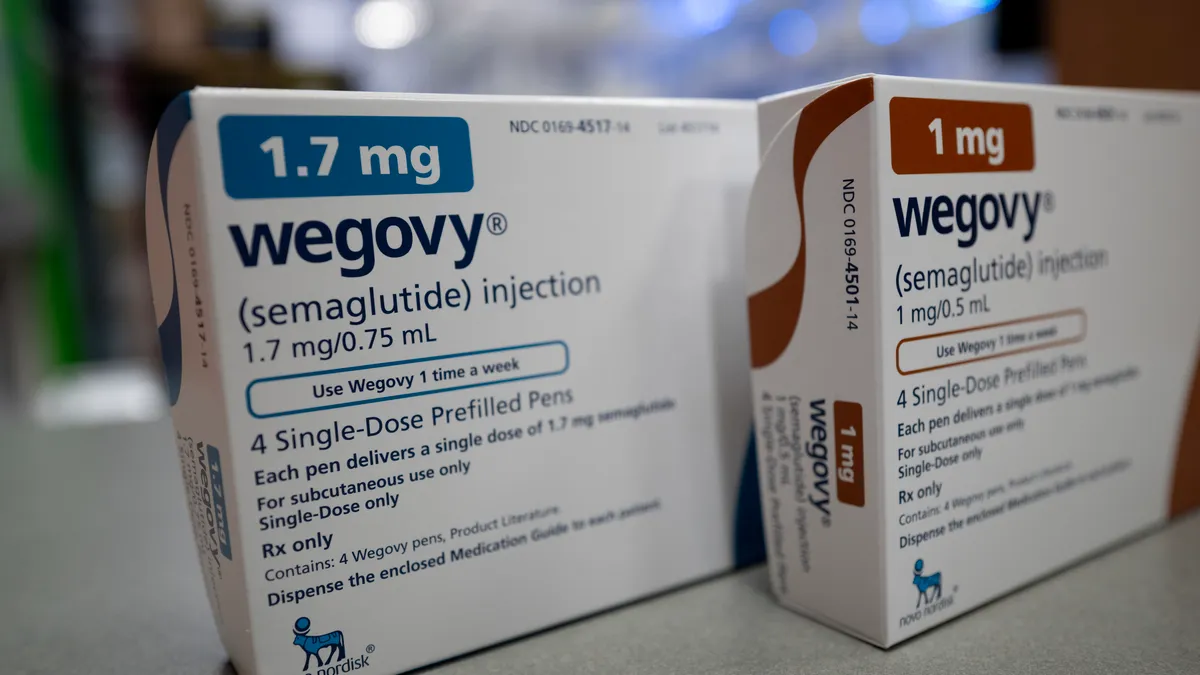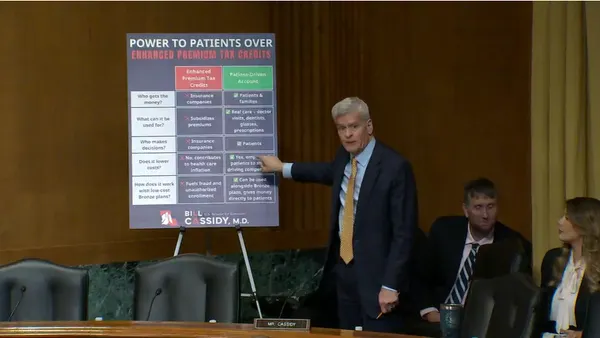The U.S. is one of the only countries in the world that allows pharmaceutical companies to advertise drugs directly to consumers—and it's a booming business for the advertising world.
The ad category has grown rapidly in recent years, with pharmaceutical companies having spent a whopping $4.5 billion on drug ads in 2014, according to Kantar Media, an 18% increase over 2013.
But could the lucrative ad category soon run dry?
On Tuesday, the American Medical Association (AMA), the largest association of physicians, voted to call for an end of direct-to-consumer (DTC) advertising of prescription drugs and medical devices. The new policy reverses the AMA's previous stance and is intended to help lower drug prices.
But there are lingering questions over whether a ban could realistically get passed into law.
Here's what you need to know about the debate and its implications for the future of drug advertising.
The crux of the debate: Drug costs
In calling for the ban, the AMA is arguing that DTC advertising of prescription drugs encourages patients to ask for expensive treatments instead of cheaper but equally effective generic alternatives.
This week's "vote in support of an advertising ban reflects concerns among physicians about the negative impact of commercially-driven promotions, and the role that marketing costs play in fueling escalating drug prices,” AMA Board Chair-elect Patrice A. Harris said in a statement.
Meanwhile, drug makers, pharmaceutical companies, and the ad industry contend that print and TV advertisements help inform patients of their available options.
In a statement regarding the AMA vote, the Association for National Advertisers (ANA) expressed its concern for the ban to take hold, saying it "believes firmly that such a proposal would set the U.S. back decades in terms of the information available to consumers and patients."
Dan Jaffe, executive vice president of government relations for the ANA, explained that DTC ads serve specifically to inform the public about "potentially life-saving and life-enhancing measures," and "if this information is only disseminated through doctors, lots of people aren't going to hear about it. Not everyone goes to see the doctor."
Existing restrictions and constitutional questions
Ad spend for prescription medications has spiked in the past few years.
Kantar Media North America Chief Research Officer Jon Swallen told the Wall Street Journal that pharmaceutical spending has increased in the past two years due to new marketing campaigns for drugs being marketed to consumers for the first time, or ones that have only recently received FDA approval.
The FDA already has more stringent disclosure regulations for DTC ads in print publications than other media like broadcast, ANA's Jaffe said. Those regulations have hampered print advertisers' ability to get maximum impact for their pharmaceutical clients' marketing efforts.
This year, the FDA began to re-examine its disclosure policies to help biopharma marketers craft "consumer friendly" print ads that offer simple summaries—and not seemingly endless lines of fine print. As recently as this summer, the FDA announced it would run two studies to determine whether patients confuse consumer ad claims with actual effectiveness.
"What we're talking about here are truthful or non-deceptive advertisements ... in the most-regulated advertising category," Jaffe said of the proposed ban. He said the ANA intends to raise its concerns with the AMA and argue there are "strong constitutional and public policy reasons" for the medical organization to rethink its new policy.
History repeats itself
Up until 1976, advertising wasn't protected as free speech under the Constitution.
The case that got the ball rolling was a drug case: Virginia State Board of Pharmacy v. Virginia Citizens Consumer Council, Inc. The Supreme Court ruled freedom of speech protections apply to commercial speech — in this case, price advertising by pharmacists — as they do for noncommercial speech.
As the debate over these advertisements begins to gather steam, the big question for the ad world is this: Could we realistically see an end to DTC drug ads anytime soon?
While it's not yet clear whether a ban could gain enough support in Congress, this isn't the first time that the issue has come up. A bill in 2007 called for a three-year waiting period for pharma companies to market their new prepscription drugs—a less far-reaching proposal than the AMA's call for a complete ban on the ads.
But even that proposal didn't get very far as Congress shut down previous efforts to restrict DTC drug ads in 2007. At the time of the 2007 defeat, WSJ explained "the drug industry found powerful allies among media and advertising firms who were determined to protect one of their biggest and fastest-growing advertising categories."
Last year, AMA's spent $19.7 million lobbying the U.S. government, compared to $16.6 million by PhRMA, a trade group for pharmaceutical companies. Given its financial and political heft, AMA's push for the elimination of DTC advertisements could realistically impact the world of drug ads.
The ANA, however, remains bullish that it can defeat any proposed ban on DTC drug ads.
"Our expectation would be if we had to, we could defeat it again," Jaffe said. "But we're hopeful we can convince the AMA to reconsider."





















